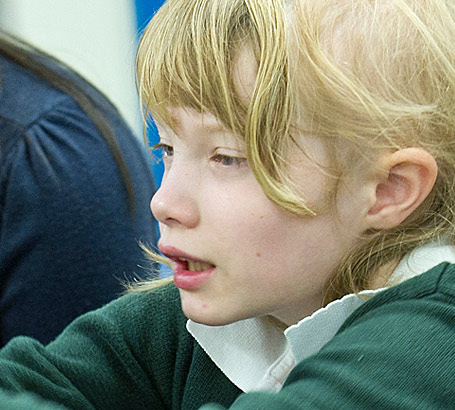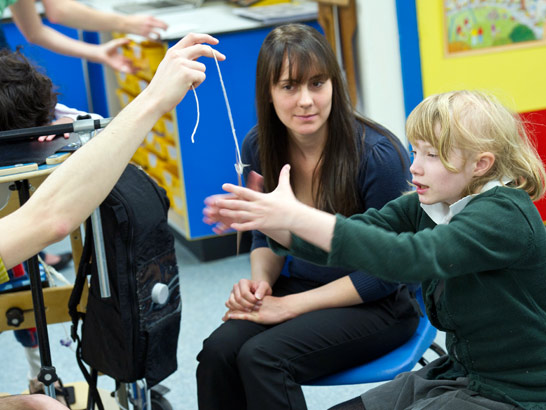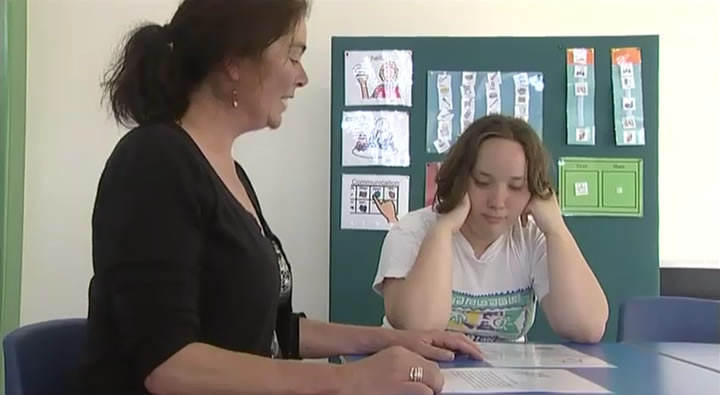
When trying to answer the question, 'What is the problem?', one useful technique is to think of what children's explanations of their behaviour would be if they could communicate effectively.
This technique is extremely powerful as it shifts the adult's focus from their own experience to that of the child.

Social stories are another useful tool to promote positive behaviour in children. This technique was originally devised to use with children and young people with autism, but it can be used with a range of children to teach them acceptable behaviour.
Watch the video in which Fiona's teacher uses a social story with her, then answer the questions on this and the next slide.
Playground behaviour (being too close to other children, not understanding that children did not always want to play with her), not following instructions.
Think about the skills a child would need to have for a teacher to use social stories with them.
How are Fiona's communication skills different from Nick's?
Click for the answer
Nick is non-verbal. Fiona has good verbal skills and can read.
How useful are social stories for Fiona? Why?
Click for the answer
Social stories are very useful for Fiona because:
- They allow her to have a voice and set her own targets
- They encourage her to share her positive experiences and identify where things may have gone wrong, and
- They provide a script/reminder of acceptable target behaviours.
